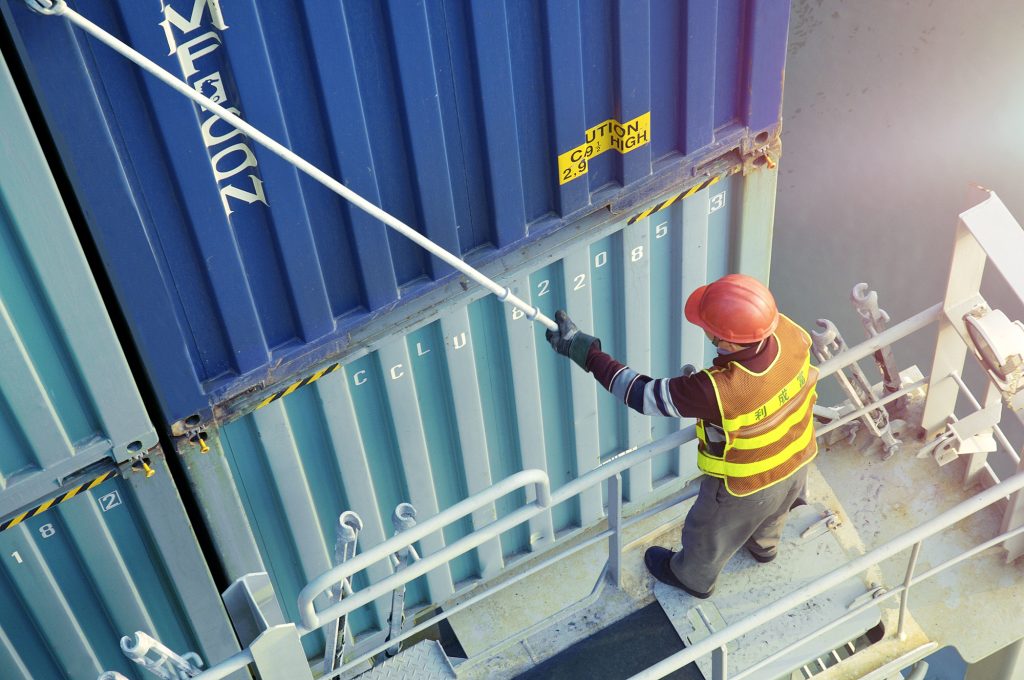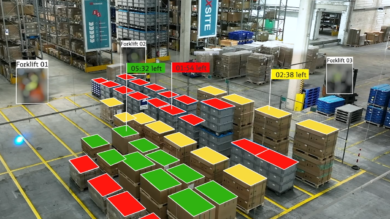It is tough and challenging to work in the logistics ocean freight business at the moment. The industry faces a lack of capacity, vessels, and heavy Covid-19 restrictions.
Additionally, the global container shortage is a big problem for the logistics industry; ships are lining up in front of the harbor, a lack of containers and increasing shipping rates are all making an impact.
One of the biggest ports in China, Yantian, had to close down because of Covid-19, which caused immense delays. In Los Angeles and Long Beach on the US West Coast, currently, 141 vessels are waiting in line to get entrance to the harbor.

A relief of the situation and the challenge in the ocean freight business is not in sight. Logistics companies cannot change the underlying market issues, but they can help their customers to adjust supply chains to the ‘new normal’.
That’s what DB Schenker, for example, aims for. The company uses the latest technology to manage supply chains, end-to-end, efficiently in combination with its global expertise to execute alternative models in local markets. With this support, customers can improve cost, cash flows, and service.

Furthermore, real-time visibility, digital collaboration, and creative supply chain solutions can create competitive advantages for shippers.
DB Schenker especially leans on large customers and strategic partnerships with carriers to handle the great market.
In an interview with Shipping Watch, Thorsten Meincke, Board Member for Ocean Freight at DB Schenker, expects the market to cool off somewhat following the Chinese New Year in February; still, it would be wrong to call it a shift to normalization.
Published: September 2021










